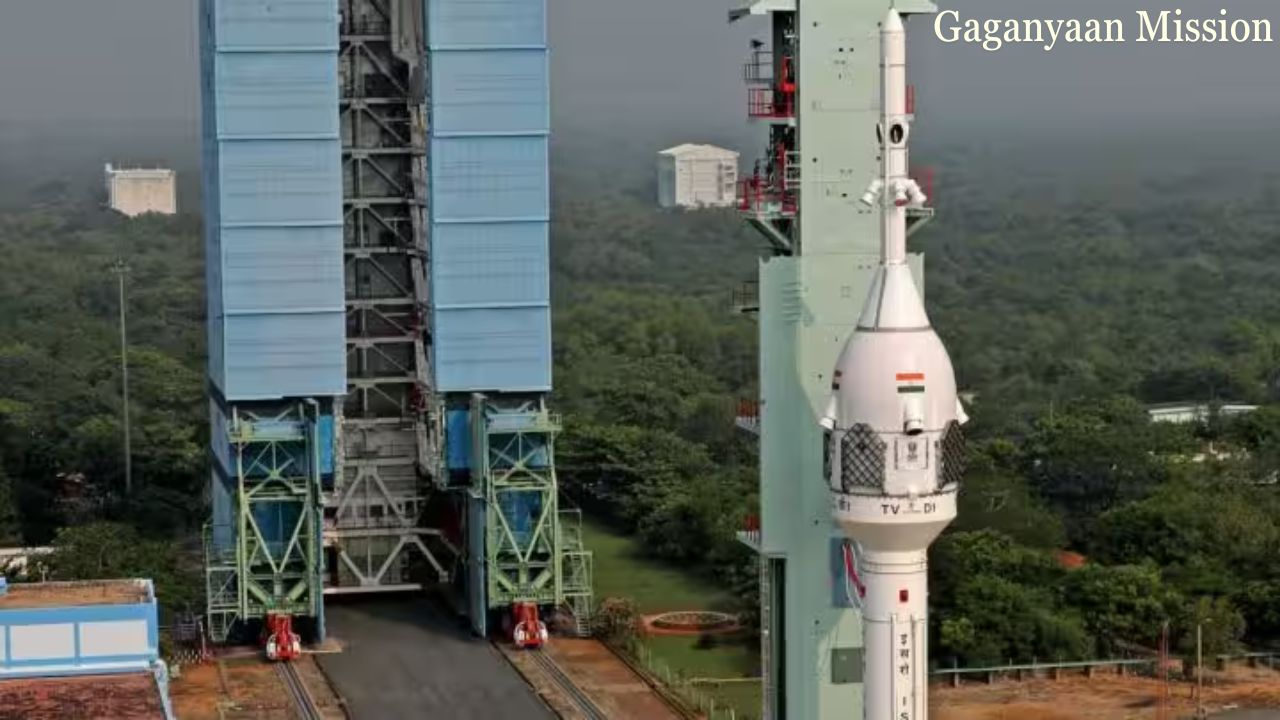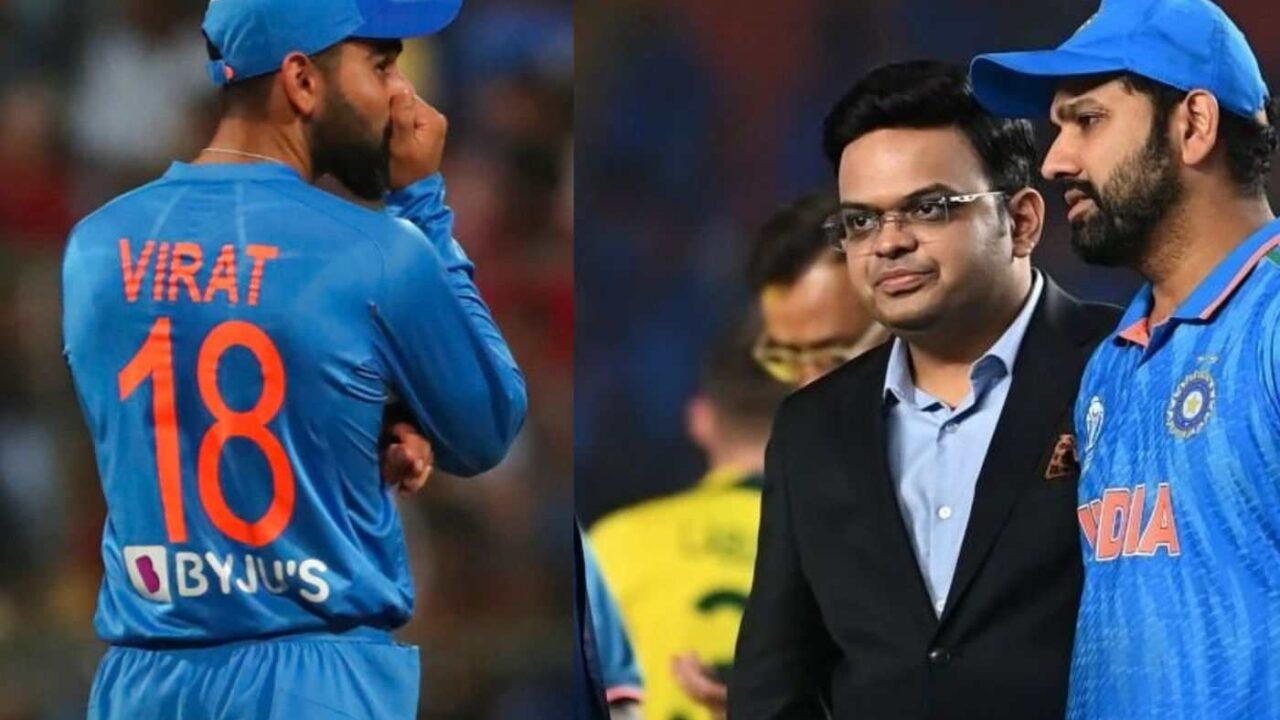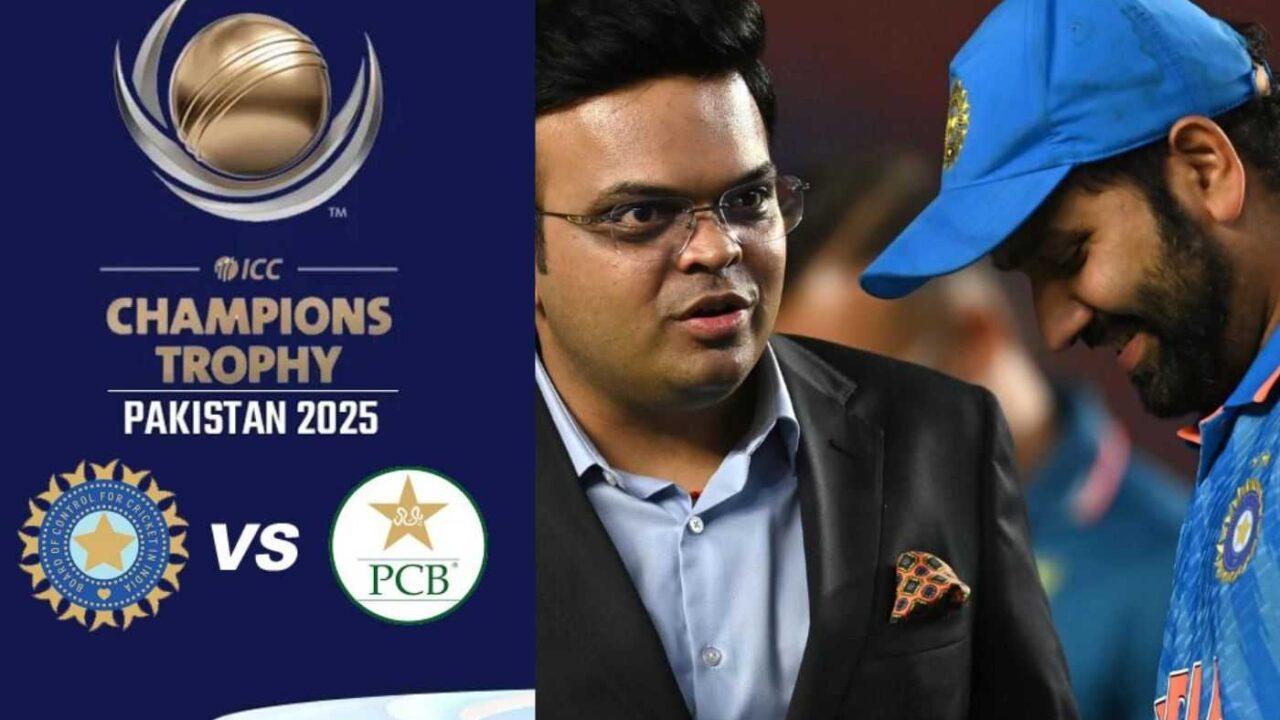ISRO has completed the first Gaganyaan mission or Human Space Flight Mission test after fixing an anomaly that delayed the Launch just seconds before it was scheduled.
What is Gaganyaan Mission About?
The Gaganyaan Project aims to demonstrate human spaceflight capabilities by launching a crew of three members into an orbit 400 km high for a 3-day mission and bringing them safely back to Earth by landing on Indian seawater.
Projects are completed by a strategy that takes into account the expertise of Indian industry and academia, cutting-edge technologies from international agencies, as well as in-house expertise. Pre-requisites include the development of critical technologies such as a human-rated launch vehicle to carry the crew to space safely, a Life Support System that provides an Earth-like environment for the crew in space, emergency escape provisions for the crew, and evolving crew management for training, recovery, and rehabilitation of crew.
Crew training for Gaganyaan
The Astronaut Training Facility in Bengaluru offers classroom, physical fitness, simulator, and flight suit training. The modules include academic courses, Gaganyaan Flight Systems (micro-gravity familiarization via parabolic flights), Aero-medical Training, Recovery and Survival Training, Mastering Flight Procedures, and Training on Crew Training Simulators. The training includes Aero-medical training, periodic flying practice and Yoga.
What does ISRO hope to achieve by this Mission?
- The abort test is used to evaluate the effectiveness of Gaganyaan’s crew escape system. This system will ensure that astronauts can safely return to Earth in case of emergency during the crew mission launch scheduled for 2025.
- This test flight’s success is vital, as it will establish the ability of the crew escape system to return astronauts to Earth safely. This test flight is a crucial milestone in the qualification and uncrewed mission phases. It will pave the way for the Gaganyaan first mission.
Why the Time of Launch was Changed
The Test Vehicle D1 was originally scheduled to lift off from the first launchpad at 8 am, but this was changed to 8.45 am. Just 5 seconds before Launch, however, the countdown halted. ISRO identified the problem immediately and moved the Launch from 10 am to the time the test was successful.
S Somanath, ISRO’s chief, spoke about the anomaly. “We wanted to launch the mission at 8 am but had to move it to 8.45 am. A monitoring error was detected in the system. “We were able to identify it and fix it quickly.”
All Live updates of the first test Gaganyaan mission
The test vehicle is the precursor to the Gaganyaan program. It aims to send humans into low-Earth orbit (400km) for three days to return them to Earth safely.
The first test will examine the effectiveness of the crew escape system that can be used in an emergency to eject astronauts.
Then, a second test flight will take a robot into outer space.
“Vyommitra will be the robot astronaut who will fly in a test flight before the final manned Gaganyaan mission next year,” said Union Minister Jitendra.
The mission aims to develop a space capsule that humans can inhabit. It will transport a three-member team into an orbit 400 km high for three days before splashing in the Indian Ocean.
Also Read: INDIA’S FIRST SUN MISSION “ADITYA L1” LAUNCH
What Prime Minister Narendra Modi said after the Launch
India will become the fourth nation in the world to launch a human-crewed mission into space after the US and Russia. In light of the successes of Indian space initiatives, including the recent Chandrayan-3 mission and Aditya L1 mission, Prime Minister Narendra Modi has directed that India now strive for new and more ambitious goals. These include setting up the ‘Bharatiya Antariksha Station (Indian Space Station) by 2035 and sending the first Indian astronaut to the Moon by 2040.
Gaganyaan mission: “This is a first-time attempt” TV-D1 test flights mission director
S Sivakumar, director of TV D1’s test flight mission, on the successful attempt: “This is a first-ever attempt.” It’s like three experiments arranged in a bouquet. This experiment, or mission, has allowed us to see the characteristics of each system. We demonstrated everything perfectly in our first attempt, including the test vehicle, crew escape system, crew module, and the crew module. “We had been doing penance for 3 to 4 years, and today was the D-day”.
Gaganyaan Mission: ISRO Chief hails rocket launch
ISRO Chief S Somanath has expressed his happiness following the successful Launch of the Gaganyaan TV D1 test vehicle by the space agency in its second attempt.
ISRO scientists celebrate the successful Launch of the TV D1 rocket
ISRO scientists celebrated the Gagangaan television-D1 rocket’s successful Launch in its second attempt on Saturday.
Conclusion
The Gaganyaan Human Space Flight Mission, led by ISRO, aims to demonstrate India’s human spaceflight capabilities by launching a crew of three members into a 400 km orbit for a 3-day mission. The recent test flight demonstrated the crew escape system’s ability to ensure astronauts’ safe return to Earth in emergencies. Prime Minister Narendra Modi has set ambitious goals for India’s space initiatives, including a space station and sending an Indian astronaut to the Moon. The successful test is a significant step toward India’s aspirations in space exploration.










